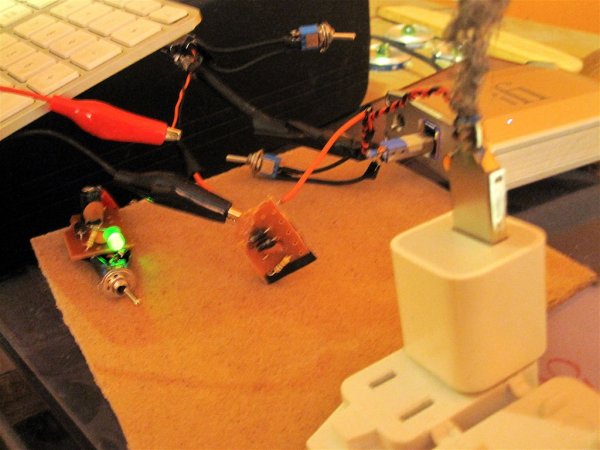That is hardly any change for 30 years. Imagine how much computing has advanced. You also exaggerate and I assume you know. LISP? I programmed in it but it was a tiny blip in computing world. Smalltalk? You have to be kidding. Major programming languages were Fortran, COBOL, Basic, and then C came about and over a decade or so dominated the computing industry.
And C++ for financial services? Where on earth did that come from? My son as a hobby works an open source game and it is all written in C++. I worked for the world's largest software company and when I say C/C++ and its lineage dominate, that is the case, not some corner case.
But let's put all that aside because we are talking about a narrow field in this topic. Namely, embedded programming where a computer is used as part of an end-part that is not a computer as far as the customer is concerned. In this world by far C language dominates. For custom OS development it is king because it is close to hardware and you can't afford to have garbage collection. Linux operating system dominates in audio products and its kernel is entirely written in C language. And ask any embedded engineer what language they like to use and by far the will tell you C language -- the same language that dates back to early 1970s or more than 40 years ago. Windows kernel (core OS) is also written in C. As is MacOS.
Your experience must not have extended to embedded and OS development to hold the views you are expressing.
Good Morning Amir,...I thought about a very lengthy reply here publically to put some facts about the software industry from other than a totally MSFT-centric point of view, my background and experience, out there in full view BUT it's frankly not right and respectful to other forums members and even though I have it drafted and ready to send, I will not. I will say that my background includes alot more than you think and we also have a bit more common ground than you would believe. Instead, I am sending you a PM with all that with hopes that we can get this topic back on track from the point before I respectfully disagreed with SOME of your points and agreed 100% with others. Have a great day!
Last edited:











